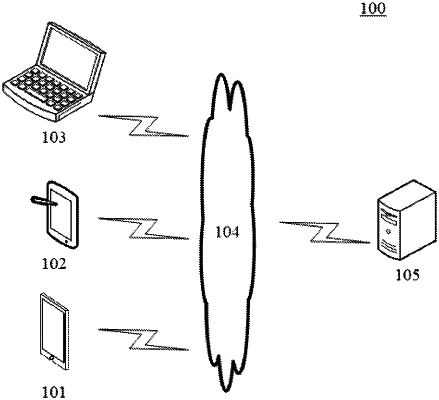| CPC G01J 3/027 (2013.01) [G01J 3/2823 (2013.01); G06T 5/003 (2013.01); G06T 5/007 (2013.01); G06T 2207/10036 (2013.01)] | 19 Claims |

|
1. A method for restoring and reconstructing a spectrum of a light source based on a hyperspectral image, comprising the following steps:
S1: obtaining a hyperspectral image, denoted as I(x,y,ω), where x, y and ω represent a width, a height and a wavelength of the hyperspectral image, respectively, and performing Gaussian convolution processing on the hyperspectral image I(x,y,ω) to obtain a Gaussian blurred image B(x,y,ω): B(x,y,ω)=I(x,y,ω)*g(x,y), where g(x,y) is a Gaussian convolution kernel matrix;
S2: subtracting the Gaussian blurred image B(x,y,ω) from the hyperspectral image I(x,y,ω) to obtain an enhanced image E(x,y,ω): E(x,y, ω)=I(x,y,ω)−B(x,y,ω);
S3: obtaining a maximum value of each waveband in the enhanced image E(x,y,ω), and obtaining a first maximum spectrum R(ω) after visual enhancement: R(ω)=maxx,y(E(x,y,ω)), where maxx,y(E(x,y,ω)) represents seeking a maximum value of E(x,y,ω) in x and y dimensions;
S4: performing searching and matching of the first maximum spectrum R(ω) with a light source spectral basis vector set D(n,m,ω) in a pre-stored light source spectrum dictionary, and performing linear regression-based decomposition and merging to obtain a potential light source spectral vector set P(k,ω), where n is a vector sequence number of each basis vector in the light source spectral basis vector set D(n,m,ω) in the light source spectrum dictionary, m is a group number of interconnected vector group of each basis vector in the light source spectral basis vector set D(n,m,ω) in the light source spectrum dictionary, which interconnected vertor group is composed of interconnected basis vectors, and k is a vector sequence number of each basis vector in the potential light source spectral vector set P(k,ω) after said matching and merging in the light source spectrum dictionary;
S5: projecting the first maximum spectrum R(ω) to the potential light source spectral vector set P(k,ω) to obtain an intensity vector b(k) of each basis vector, and obtaining an initially predicted light source spectrum L0(ω) according to the following formula: L0(ω)=P(k,ω)*b(k), taking maximum values of both L0(ω) and R(ω) in each waveband to obtain a second maximum spectrum R′(ω);
S6: replacing the first maximum spectrum R(ω) with the second maximum spectrum R′(ω), and repeating step S5 until a color temperature variation value of the second maximum spectrum R′(ω) is less than a predetermined threshold; and
S7: normalizing a newly obtained initially predicted light source spectrum L0(ω) to obtain a restored and reconstructed light source spectrum L(ω).
|